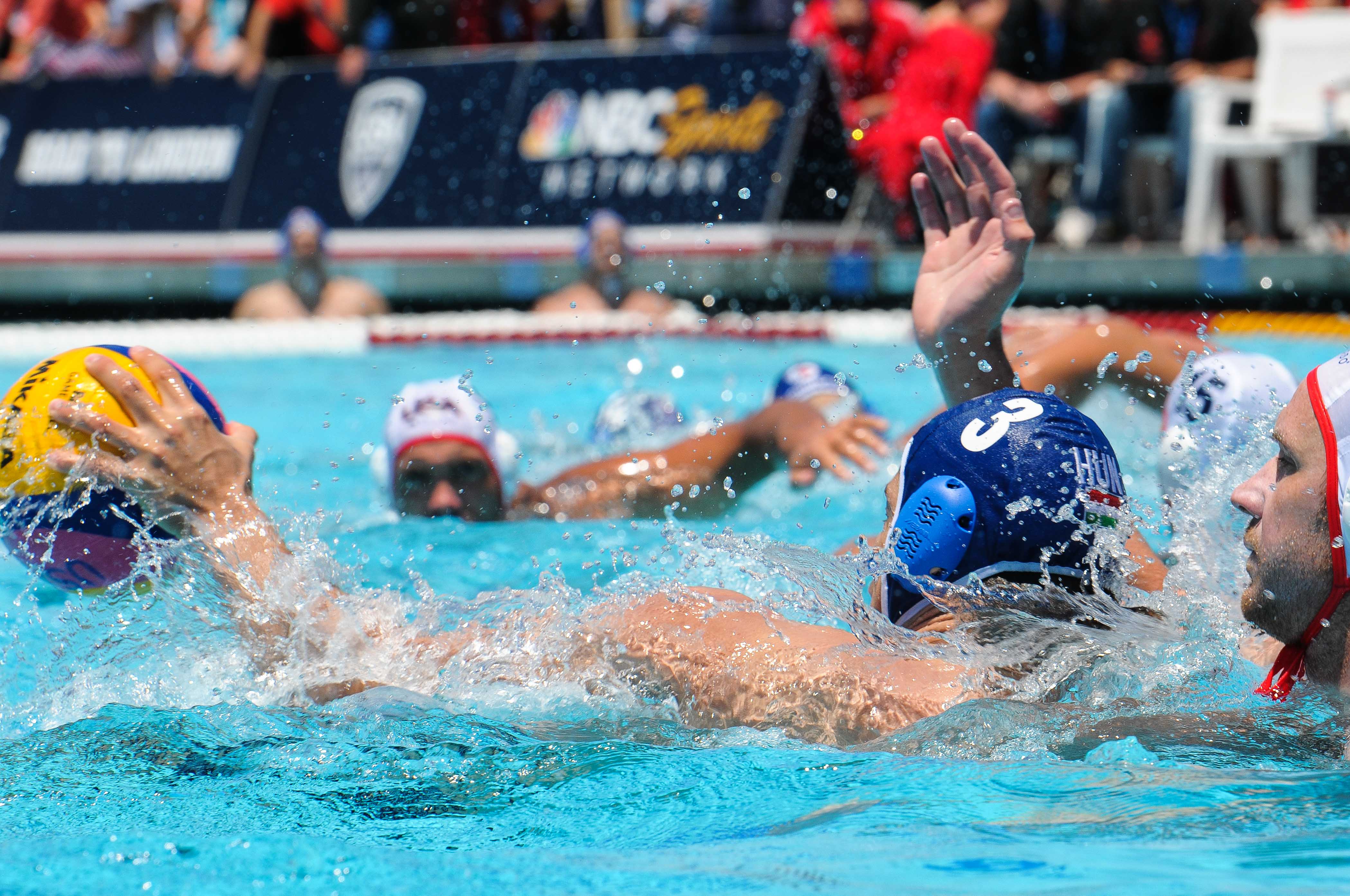Recovery Between Water Polo Games to Improve Athletic Performance
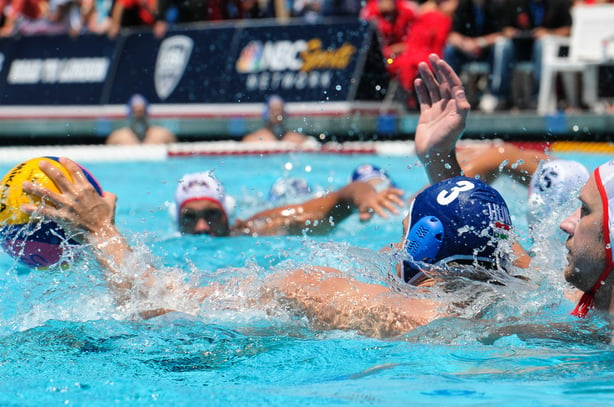
Recovery is an important process to implement for players in order to prevent injury, reduce fatigue, and enhance athletic performance. After an intense game, players should re-fuel their body and incorporate a variety of recovery methods to prepare for the next game, especially during long tournaments. Below is a list of six specific recovery tips that water polo players should do to accelerate recovery and enhance performance in the pool for back-to-back games.
Cool-Down
Cooling down can be extremely beneficial for speeding up recovery and maximizing athletic performance in the pool. When a game is over, an active cool down with stretching is an important first step in helping muscles clear lactate and loosen tight muscles. Active recovery is the process of performing an exercise or movement at a low intensity in order to increase blood flow and help the body clear the toxins associated with fatigue and muscle damage. Rather than sitting on the couch after a long event, athletes should incorporate a flush swim in their recovery process in order to keep the blood moving in their muscles and to be ready to play the next day.
Foam Rolling
Muscles will usually feel exceptionally tight the day after a game due to intense exertion on the body, and one of the primary methods to combat muscle soreness is foam rolling. A lot of this tightness can be attributed to tangled muscle and fascia tissue. Rolling out on a foam roller can apply pressure to knotted areas and help release the muscle from the layer of fascia, thereby boosting circulation and helping athletes increase their range of motion. Players should spend about 10 minutes each day on a foam roller to maintain full range of motion throughout a tournament of games. To learn more about foam rolling check out this article.
Ice Bath
Another common recovery method for water polo players is the use of an ice bath. The cold temperature is meant to help accelerate lactate clearance from muscles by taking advantage of how the body’s circulation changes with temperature. Lactic acid builds up in muscles during a workout and causes body soreness and fatigue. Sitting in an ice bath or cold tub after intense exercise causes blood vessels in arm and leg muscles to tighten or constrict, resulting in blood moving closer to the core and heart to maintain warmth. When an athlete gets out of the cold bath, blood is quickly circulated back to arm and leg muscles in an attempt to warm the body. This blood is now oxygenated and has exchanged lactic acid waste with nutrients before traveling back to muscles. As a result of the cold temperature, lactic acid is flushed out of muscles, circulation is accelerated, and muscles recover faster. Additionally, cold treatment is an effective way to bring down inflammation. To learn more about how ice baths can enhance next-day performance, check out this article.
Post-Game Nutrition
Proper post-game nutrition will help players refuel their body while recovering. After games, the body is ready to absorb nutrients to help repair, rebuild, and refuel. It is recommended that athletes consume meals that are packed with high-quality protein and carbohydrates within 30-60 minutes after a game to support optimal recovery. Protein, like eggs, milk, yogurt, and low fat cottage cheese, provides the body with amino acids, and carbohydrates act as the main source of energy in muscles. It is crucial for athletes replenish properly between games in order for a rapid recovery.
Hydrate
Another important concept of recovery and athletic performance is hydration. Re-hydrating immediately after an intense game is key to proper recovery. The quickest highway to muscular recovery is through the blood plasma. If athletes aren’t properly hydrated, their plasma can’t effectively carry nutrients into the muscle and waste out of the body. Players should make sure they consume water and carbohydrate-rich recovery fluid to help them re-hydrate and replenish glycogen stores in their body.
Sleep
Sleep is a critical factor in how well athletes recover and perform. Not only does sleep play a vital role in immune and brain function, but it also affects glucose metabolism and levels of cortisol that all influence athletic performance. Sleep deprivation can have lasting consequences due to the alteration of these physiological processes, including slower glycogen storage in the muscles and liver. When glycogen stores are low, they will become more rapidly depleted during exercise, causing an earlier fatigue onset and decreased performance. In addition, sleep deprivation can impact psychomotor functions, thus decreasing athlete reaction time and performance. Therefore, water polo players should make sure they are getting enough good quality sleep to allow their bodies to recovery physically and mentally for the next game.
Recap
The best players dedicate time and attention to their recovery, not just in the minutes following competition or training, but also in the other 20+ hours of the day. Proper recovery demands a multifaceted approach ranging from the passive components like sleeping, ice bathing, and stretching to active components such as rehydrating, refueling, and foam rolling. To learn more, check out this article about ways to accelerate recovery.
Related Posts
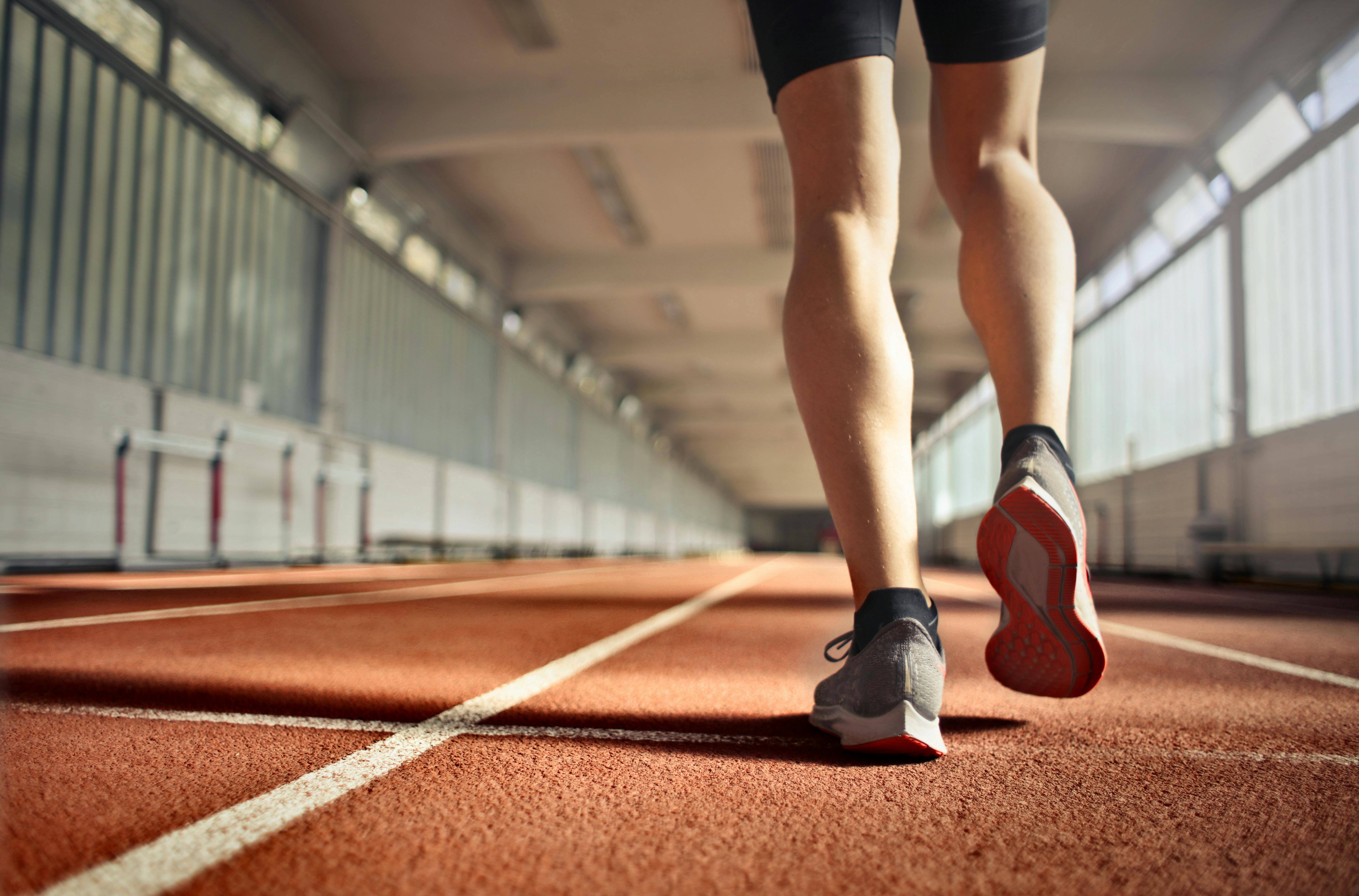
Exploring the Benefits of Retro-Walking...
Retro-walking (RW), or walking backward, is a therapeutic exercise used in resistance training...
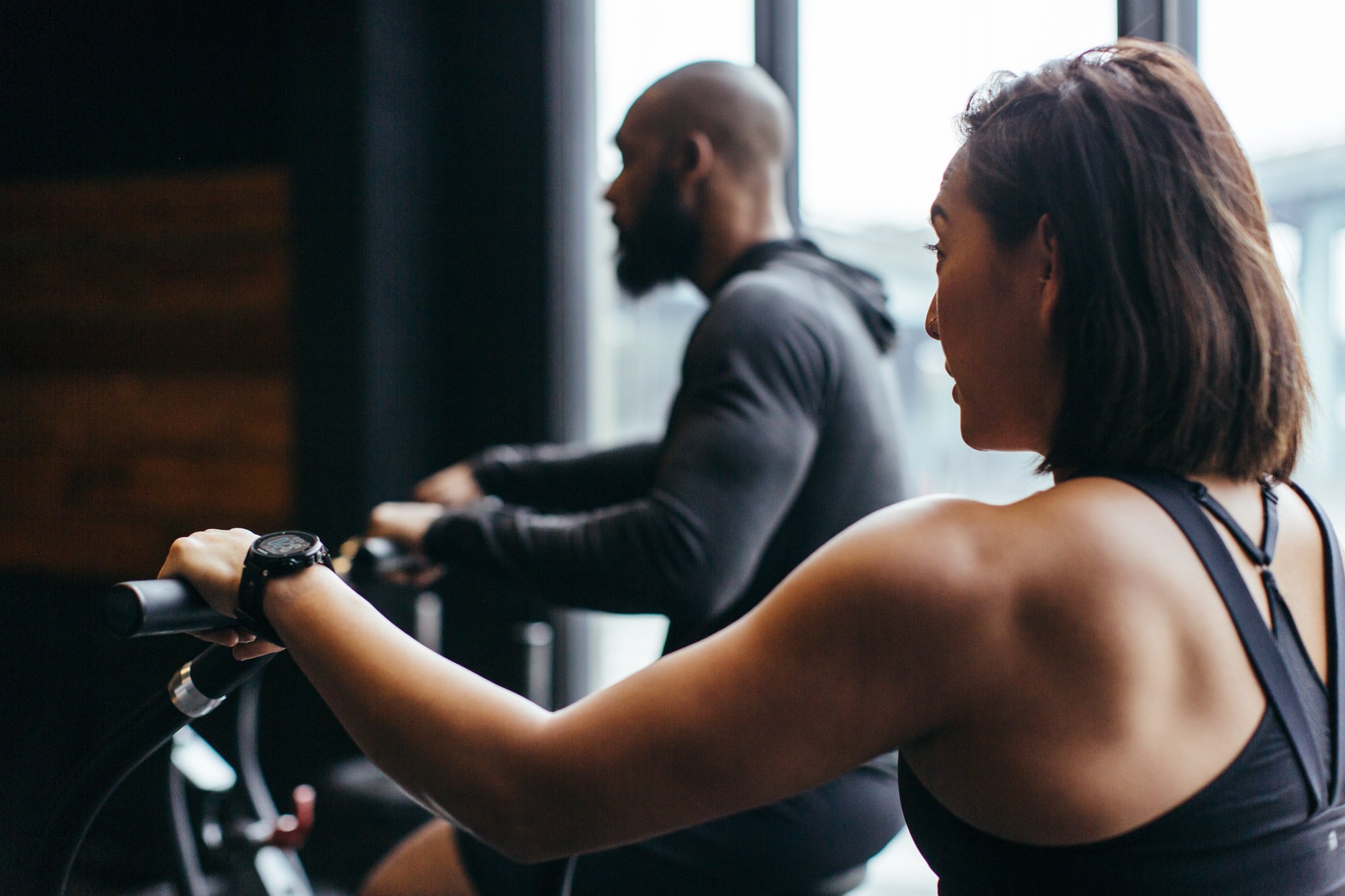
Understanding the Tapering Process: A...
As a strength coach and physiologist, I often get asked about tapering and how it fits into a...
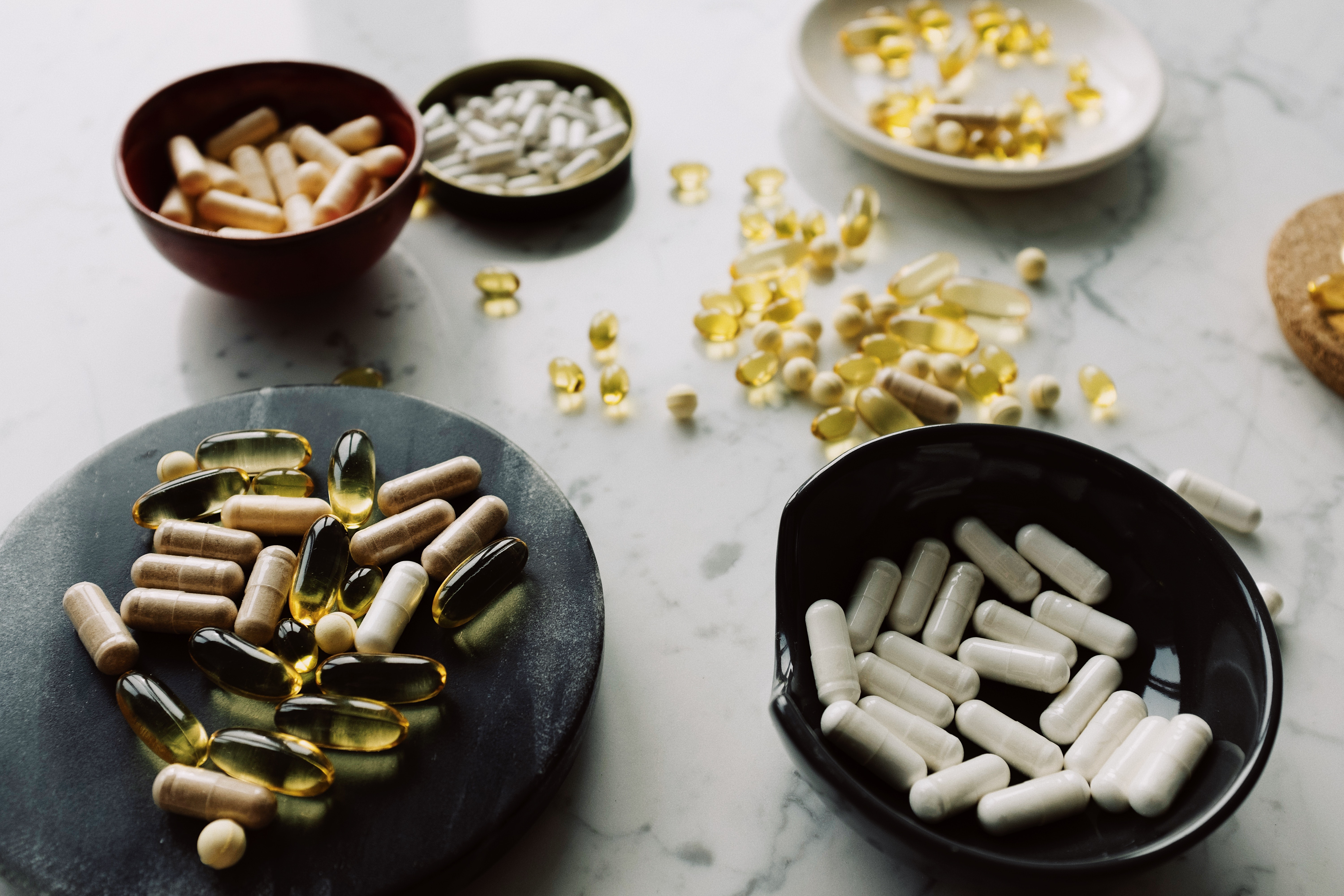
Supplement Safety with Tactical...
Dietary supplements seem like the "magic pill" a tactical operator needs to perform better,...

